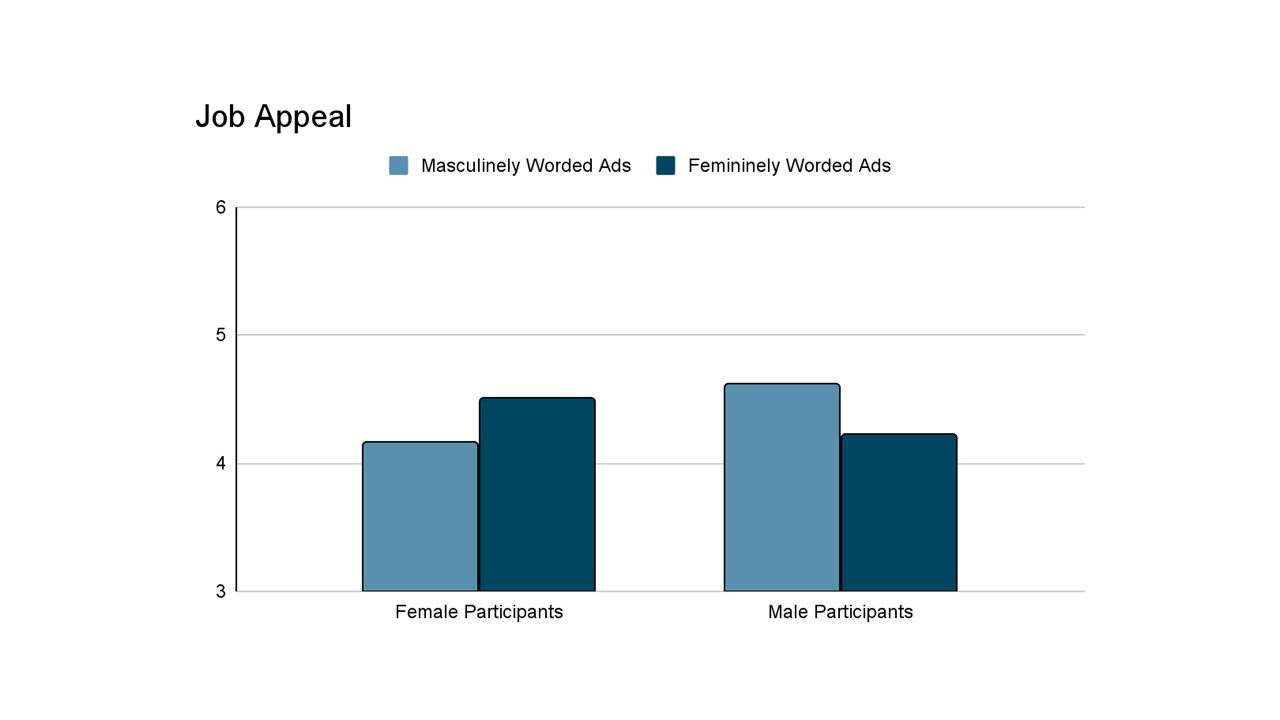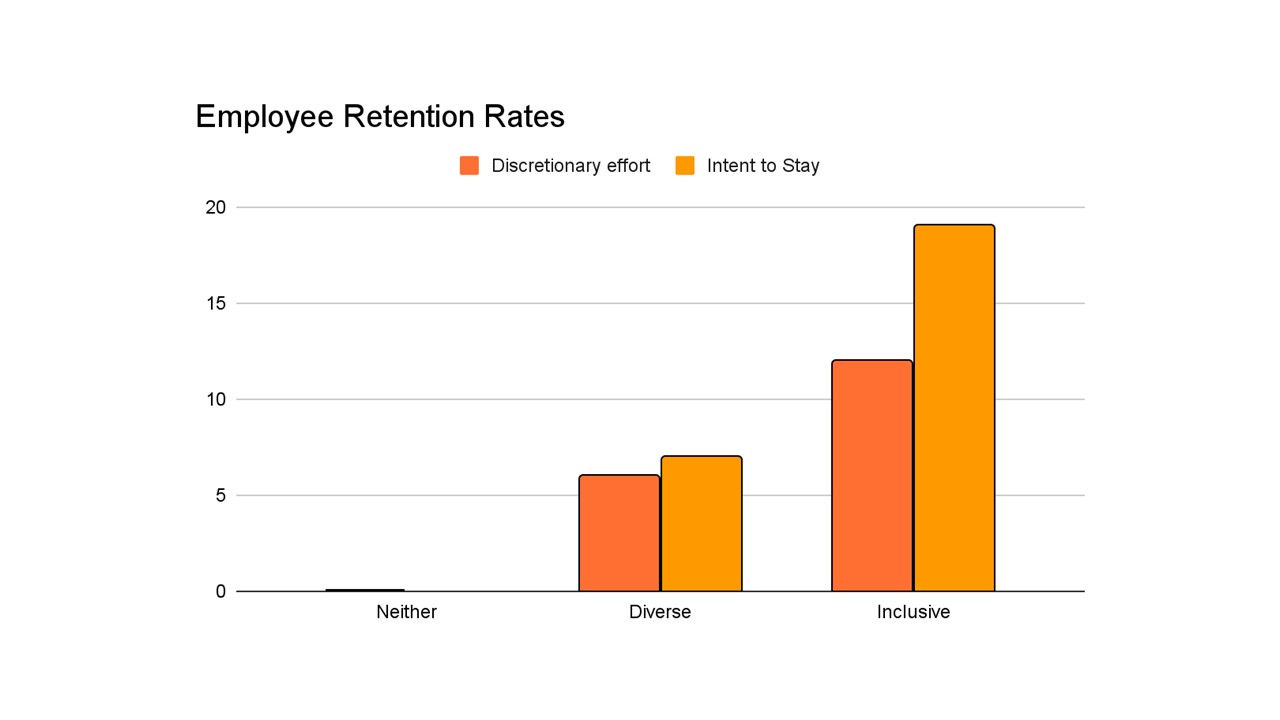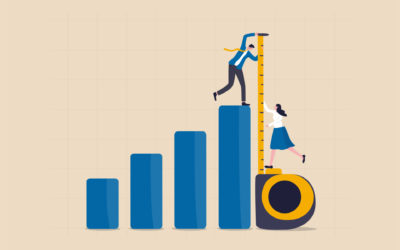The word is out and loud: more equitable, diverse and inclusive organizations do better. In fact, they do up to 35% better than their less diverse competitors.
The world is changing, literally. According to the Pew Research Center analysis, millennials are 16% more diverse than baby boomers, and almost half of generation z are racial or ethnic minorities. If your organization sticks to its traditional practices, doesn’t increase representation, or facilitate diverse needs, you are going to be missing out. Diversity doesn’t just mean that your team will look different,it also allows you to cater towards a wider audience, create more innovative solutions, and better represent your clientele.
Attracting, hiring, and retaining diverse talent can be a challenge for some companies. This article aims to provide you with useful information and solutions from job advertisements to retaining innovative talent in order to help you diversify your team.It will dive deeper into the specifics of each phase and provide you with tips and tools that you can start to implement.
Attracting Diverse talent
To attract more diverse talent, creating Diversity, Equity and Inclusion (DEI) goals and I would say precisely milestones with the hope to keep everything else as it is, isn’t enough. To be seen as an attractive organization and gain the attention of diverse talent, you need to first diversify your methods for recruiting and advertising. This might look like rewriting the entire advertisement, from disclosing the salary to finding new avenues and platforms for advertising.
To attract diverse talent, you will have to cast your net wider to pools you haven’t considered before and diversify your candidate sourcing strategy to reach some you might not have reached otherwise. Make sure to use different agents or switch to international recruitment – by just focusing on locals you are missing out on outstanding opportunities. Review what platforms you are already using, and whether you can reach out to communities and spaces that you haven’t before. A great place to start is, for example, contacting historically Black colleges and universities as well as institutions with more international students. Don’t just focus on the Ivy League universities, expand your research beyond them. Participate in other university job fairs, post your job offers in social media groups that have an audience of candidates that you don’t usually target. If you have employee data available, look at what groups are underrepresented on all levels of the organization; you can contact agencies specializing in specific communities to increase representation.
Policies play an essential role. Make information about them transparent and available also for people outside the organization. Ensuring that your policies, values and DEI initiatives are easily accessible, promotes a sense of safety and assures possible future talent of your commitment to their inclusion to the workforce. Making sure that your policies are comprehensive is a great step towards recruiting diverse talent: for example, ensure you include transgender support and domestic partner benefits. Information about Employee Resource Groups should be widely available as well as the organization’s commitment towards combatting systemic and structural forms of discrimination.
Don’t fall for tokenism: while it seems like a good idea to state on your website that you are actively fighting against racism, it needs to be reflected in every level of the organization’s processes and actions or you’ll lose the talent as fast as you gained them.
Again, being accountable, sincere in your approach and active are all crucial points. As long as this is the case, highlight your organization’s commitment to Diversity, Equity and Inclusion (DEI) in all your advertising material including the job descriptions.
Avoiding bias and unconscious stereotyping starts when crafting your job advertisement – and you need to go beyond the legal factors. This includes things as minor as the descriptive words you are using, as well as bigger factors such as where these advertisements are posted or shared to. A 2012 study showed that words that are considered more masculine or feminine coded attracted men and women differently. Our brains associate different adjectives with different genders and affect whether or not we identify with those words: using words like “honest” and “dependable” can increase the chances of women applying to a job by 40%, while words like “aggressive” are seen off-putting by 44% of women. Words like “communal”, “interpersonal” and “understanding” attracted more female participants, while “masculinely” coded words such as “dominant”, “impulsive” or “assertive” attracted more male applicants.

Tool: If you are unsure about the wording, tone or pronouns you are using in the advertisement, there are great online tools to help you out. Services such as Textio or Gender Decoder offer easy to use solutions to help analyze and change your ad to be more inclusive and attractive to everyone.
The Hiring Process
The hiring process – from screening applications to interviewing candidates – is extremely prone to biases. Therefore, there are multiple tools and solutions to this from standardization to blind recruitment and to bias training – and they are all necessary. The key is to find out what works for you, and what specific issues the organization is struggling with. As noted previously, the actual pool of applicants might be extremely homogeneous, making it impossible to find a diverse spectrum of applicants, making you lose out before the actual hiring process has even started. Besides this, there are multiple factors that might skew the results. Keep in mind to diversify your shortlist of candidates and to have a diverse team in charge of the whole recruitment process (e.g. screening of candidates, interviewing stages, etc.). This team will require several people so that decisions do not rely on only one person. Each team member will review the information provided by each candidate alone before sharing their feedback with the others. This will help to counteract the influence of unconscious bias in this process.
If it is not already the case at the interview stage, your diversity, equity and inclusion (DEI) policies should be clear.

Side view of a confident young african american man wearing eyeglasses holding resume in hand waiting for job interview with other candidates.
According to Marianne Bertand and Sendhi Mullainathan’study; Are Emily and Greg More Employable Than Lakisha and Jamal? A Field Experiment on Labor Market Discrimination, 94 Am. Econ. Rev. 991 (2004), “White-sounding” names simply receive 50% more callbacks to interviews than “black-sounding” names and the chance for a callback doubled when “whitening” experiences and names for Black and Asian people. These are strong proof that the hiring process is extremely sensitive to unconscious biases – if just a name can make or break someone’s chances to get a job and the organization’s chance to hire excellent talent, imagine how much unconscious bias goes on in total. This is one of the easier factors to mitigate: through using a blind recruitment system, the recruiter or person evaluating resumes and applications won’t see details such as the applicant’s name, gender or age.
Blind recruitment process might also include removing names of universities off Curriculum Vitae (CVs) to avoid evaluating a candidate higher just because of their prestigious university, but these factors are often more controversial than removing a name or gender. While some universities might equip a candidate better for your specific industry or organization, the entire educational system suffers from systemic inequalities, especially when it comes to access. Be mindful of that and be flexible on education requirements.
Do not forget the questions asked during the interview. We tend to focus on questions related to skills or in other cases soft skills but again like the job description, it is essential to review the language used which could still exclude some groups at this stage.
If you are hiring specifically to increase representation and diversity in the organization, make sure to address this. When someone is from an underrepresented group and it’s obvious to them from looking at the website, walking into the interview situation or meeting the board, this can not only cause stress and anxiety for them, but also make them hesitant to accept the position. You can address this directly by acknowledging it and saying: “I know there are a few people looking like you in the room right now, but we are working on it and holding ourselves accountable for creating an equitable and inclusive environment.” Of course, these promises also require actions: diversity is not enough, you also need to create an equitable and inclusive framework if you wish to retain this talent.
Stop hiring for cultural fit. If you want to create a workforce that is actually diverse, you need to stop considering “cultural fit” to be a key for success. The point of a diverse workforce is that there is no one culture that rules and everyone is supposed to integrate, but rather that the organization facilitates an environment where different cultures exist. Hiring for cultural fit is like hiring through affinity bias: it makes us more prone to seek out and adhere to people who are like us and discriminate against or avoid people who are different to us. This way of thinking inhibits diversity and leads to a homogenous culture within an organization. Many companies have already figured out the aim is to be intentional in your recruiting and recruit diverse candidates who can add to your culture and not fit into it.
All humans are prone to bias; it is completely natural to us. It was a system of shortcuts used by our brain that allowed us to protect ourselves in the past in dangerous situations that don’t necessarily exist in the present time. Issues arise when bias is rooted to negative stereotypes and thereby negatively affects how specific people or groups of people are seen and treated. The issue is that bias is not something we can just remove, and it shouldn’t be the focus either. Instead, we need to learn how to mitigate it in the situations that matter (an example of this is the process of decision making). If you are considering bias awareness training for the organization, make sure that it features actual situations, such as those of recruitment, to make a real impact. It is good to give the recruiters tools to review these biases on a regular basis. DEI champions could be identified to volunteer themselves to explore this opportunity to know better.
Lastly, ditch the idea of meritocracy. No matter the phase of recruitment or employee lifecycle, stop relying on the idea that you can get anywhere through hard work or talent. Acknowledging systemic and structural factors as well as individual and organizational bias is the first step to creating an environment that fosters diversity, equity and inclusion.
How to retain the diverse talent you recruited?
First impressions are important in retaining diverse talent because as they may have faced discrimination in the past, it is important to make them feel that they can trust you, feel psychologically safe and therefore be clear and transparent about your processes. During the onboarding, make sure you have prepared clear and simple steps that new hires can follow.
Employee retention doesn’t only revolve around compensation and possibilities for progress, but also around equity within the organization and the feelings of inclusion and belonging – especially with diverse talent. To only focus on diversity when diversifying the organization is one of the biggest pitfalls. Equity and Inclusion are vital to retain new talent. It doesn’t only mean creating a welcoming environment, but showing that the organization has a supportive framework that supports the specific needs and challenges people from a variety of backgrounds and the different situations they face.
This is not a new finding, back in 2012 a study showed that while diversity itself does contribute to employee retention, the increase doubles when the organization is both diverse and inclusive.

CLC Human Resources, Global Labor Market Survey, 2012
According to a Deloitte study done in 2017, what is now apparent is that we can see that inclusion is a more important factor and a deeper issue than previously assumed. 23% of the respondents had already taken action and left their previous position due to issues around inclusion. 39% are currently considering leaving due to lack of inclusion. This number is going up to 53% for millennials. That means that up to 62% of your employees might be concerned enough about being included, valued, and respected as they are within your organization. It shows that they are willing to reconsider their options – the younger people to a greater extent than the older ones. This shows that diversity is absolutely not enough. It also takes inclusivity and equity, to create a healthy employee lifecycle in order to attract and retain your workforce.

Deloitte study: Unleashing the power of inclusion, Attracting and engaging the evolving workforce, 2017.
This means that when you are kicking off your DEI plans, you need to start with the current situation. Who is represented, and more importantly, who is not in ALL levels of the organization? Start with a DEI assessment to have a picture of the situation. The fact that the baseline workers are diverse but the higher up we go the more homogenous organizations tend to be is so common it has become a meme. Don’t fall into the safety of assuming that diversity at the bottom is enough. This might require a deeper look into your employee data and who has gotten opportunities for promotions and horizontal career development. Ensuring these processes are free of bias, such as holding into meritocracy or promoting one way of working, will help you retain diverse talent. This is because you are showing to them that their success in the organization is not affected by stereotypes, bias or discrimination, and they can invest in the organization.
Security is the key in retaining diverse talent. This is not only in relation to career opportunities, but also about having policies that guarantee their needs are met. Whether it is parental leave for, holidays around non-christian holidays or flexibility to take care of one’s community, these policies need to take into consideration a multiplicity of needs, barriers and obstacles, to nurture and protect them.
It is by understanding that we all face different challenges that we can start building an equitable workplace where people feel like they belong – and want to stay. This means that when we are looking at an employee’s progress, career, or opportunities, we need to do so through a lens of intersectionality and equity. Intersectionality, the word that gets thrown around a lot but is rarely understood, means that we all have a plethora of identities that create unique situations that can not be reduced to one label. For example, while the number of women as c-level managers has increased to 25% recently, women of color cover only 4% of this. Similarly, women in general earn 82% of what men do, but this is further exaggerated when looking through intersectionality: Black women make only 63%, and Hispanic women make only 55% of what non-Hispanic men do. This is to say that employee satisfaction, and thereby retention, is tied to how well the organization can take intersectionality and equity into consideration. To create a lifecycle that benefits everyone, the policies and practices need to be adjusted to reflect the uniqueness of diverse groups.

Smiling businesswoman discussing work with colleague in office.
Tip: As noted, women of color are extremely underrepresented in the higher organizational positions. One way to help mitigate this is through mentorship. Through establishing two-way mentorships the mentor will also learn of the specific struggles people different to them face. While the mentee will learn crucial organizational aspects, this relationship will further promote inclusion, representation and create a better understanding of different life experiences and challenges. The mentorship can be established during the onboarding process by pairing new hires with a “buddy” to help them navigate their new work life and engage with their new colleagues among other things.
To embrace diversity within your organization, attract, hire, and retain diverse talents, you also need to be equitable and inclusive. The process of diversifying an organization needs to be intentional and will not take place overnight or through having a diverse pool of candidates. Reviewing your policies, processes, and practices in everything from recruitment to mentorship will not only benefit your future talent, but also the current employees and the organization itself.
By Dolores Crazover, January 2022
Diversity, equity and inclusion (DEI) can unlock your company’s potential. That is why many companies are focusing on their journey whether it has just begun or is already well underway. remember that it is not a goal but an ongoing process.
Be mindful that you can be a diverse organization and be proud of it, but not be equitable, and definitely not inclusive. A DEI assessment can help you to know exactly where you stand and DEI & You Consulting can assist you in this process in order to establish a strategy to become an equitable and inclusive company.
Contact us to know more about our consulting services or our workshops.
ABOUT THE AUTHOR

Dolores Crazover is the founder and CEO of DEI & You Consulting.
She has a passion for microbiology and is on a mission to complete a Rubik’s Cube within four years.
Redefining Activism: New Trends in Allyship for the Upcoming Years
Picture a chessboard. At its center, two pieces stand mirrored, symbolizing the strategic interplay of equity and inclusion, the key...
Navigating DEI in Tech: 4 Steps Towards Ethical Algorithms and Inclusive Data Privacy
In our fast-paced, technology-driven world, personal data has become a hot topic. Every click, every purchase, every post - they all...
Maximizing DEI Metrics: 5 Ways to Elevate Your DEI Strategy Through Data Collection
Four ascending bar graphs measuring the DEI metrics of your organization When diversity, equity, and inclusion (DEI) work is...
Redefining Activism: New Trends in Allyship for the Upcoming Years
Picture a chessboard. At its center, two pieces stand mirrored, symbolizing the strategic interplay of equity and inclusion, the key...









